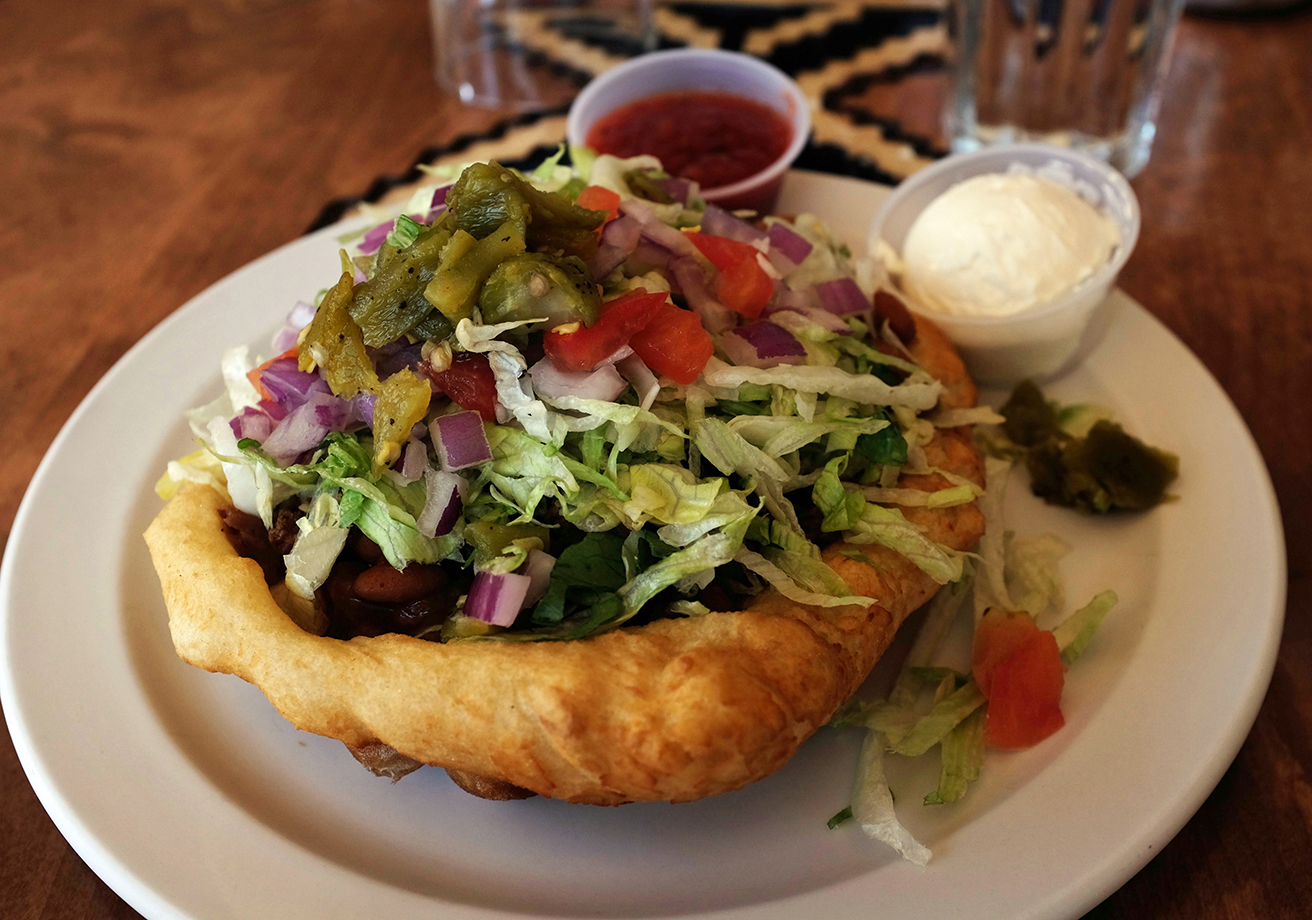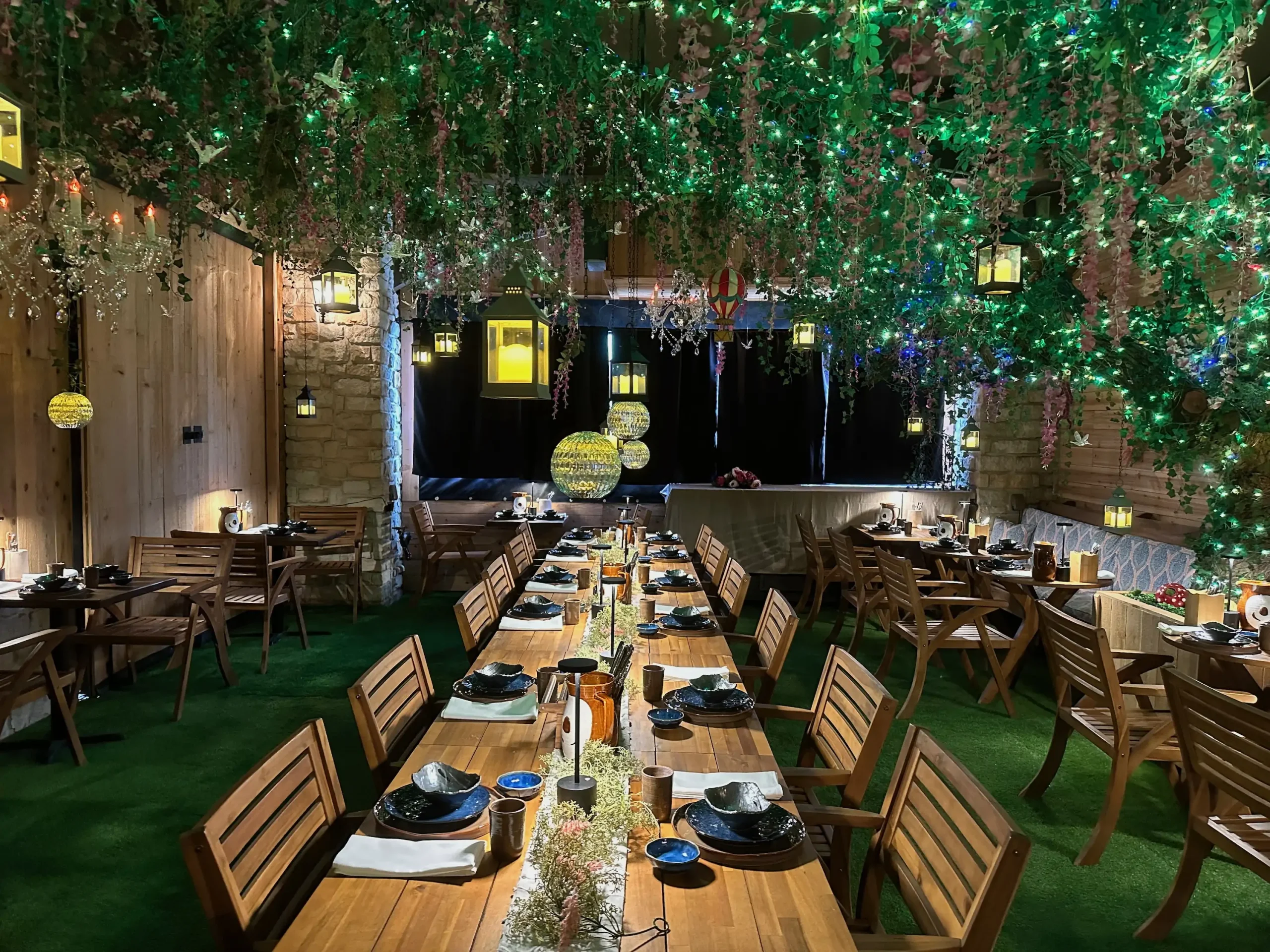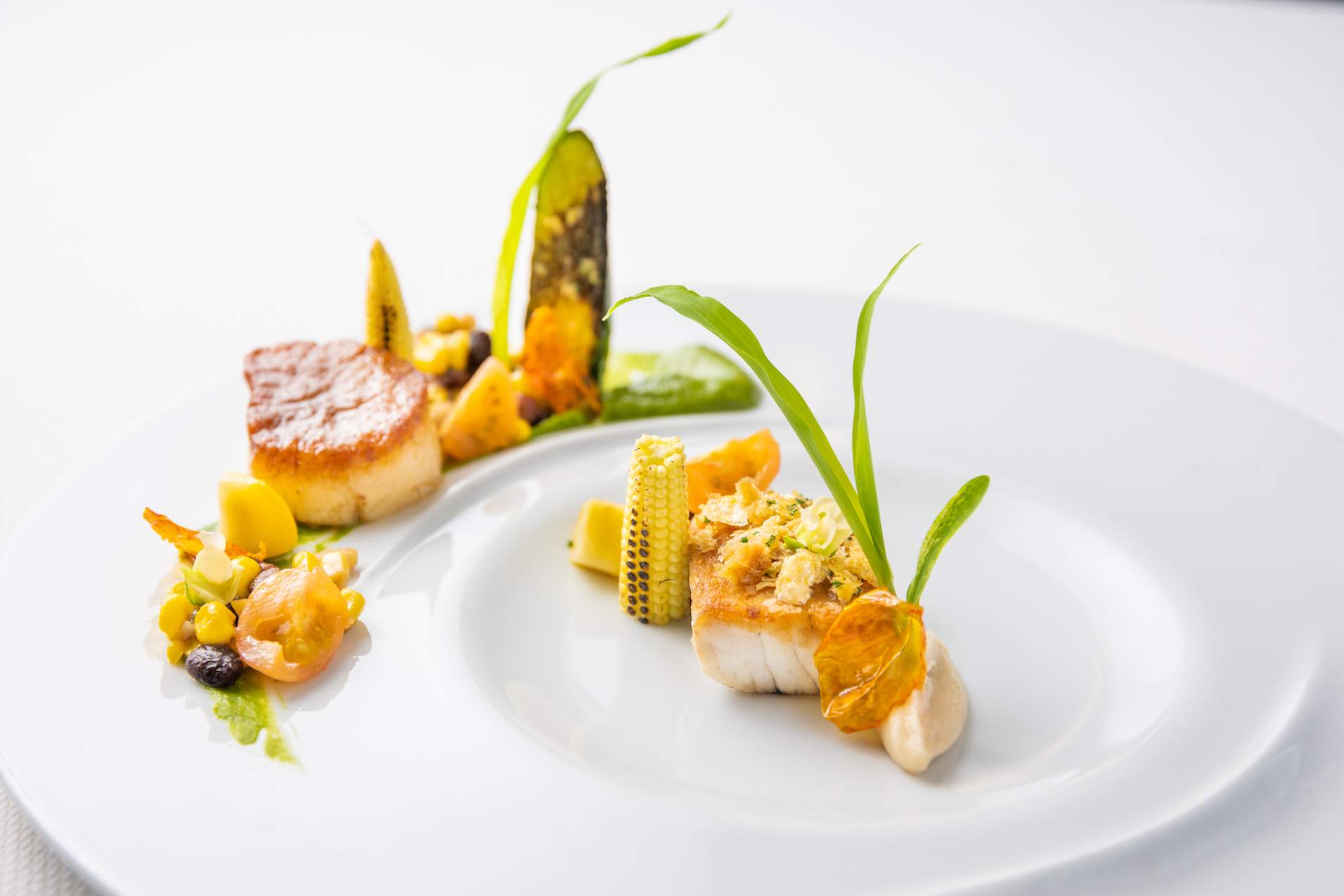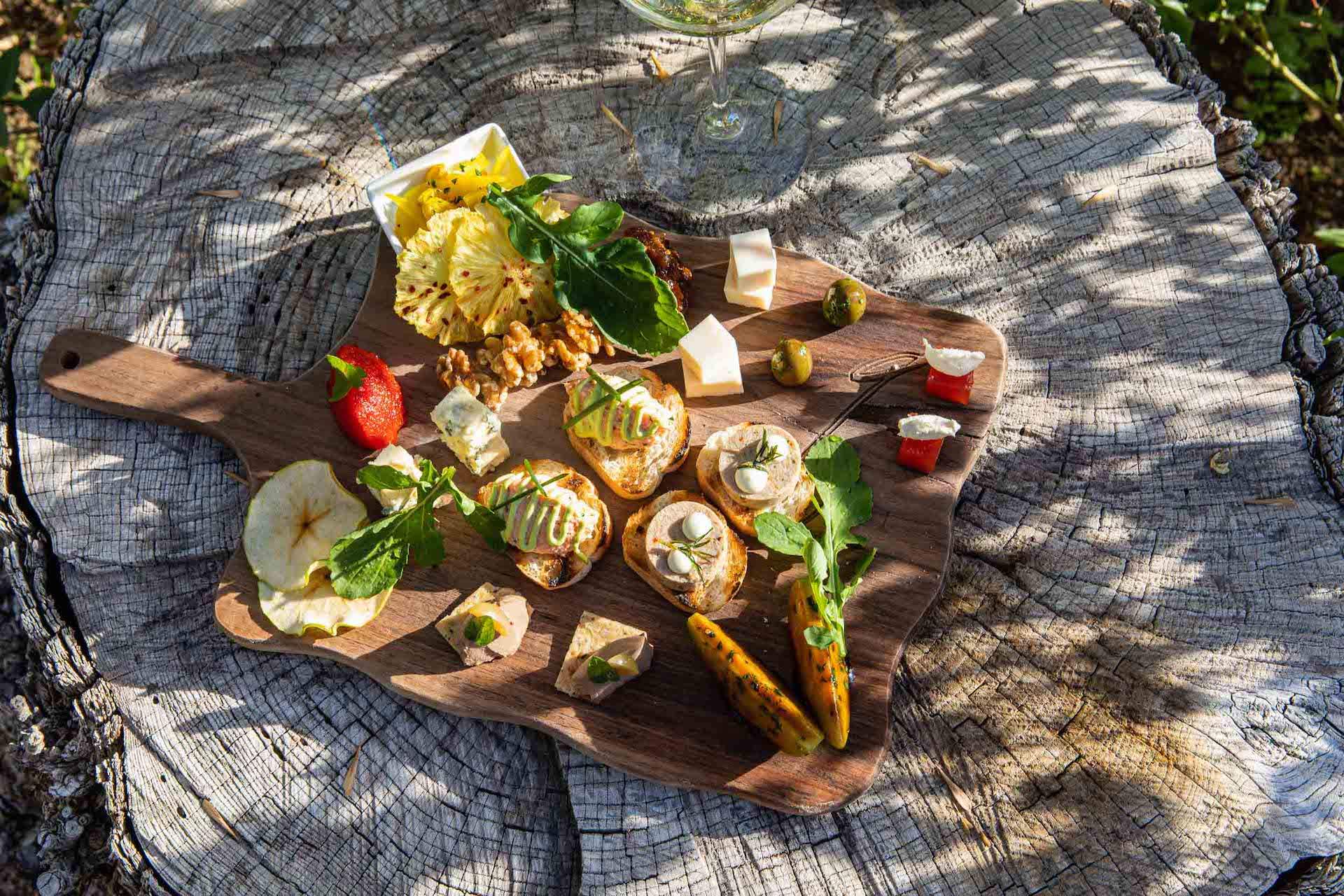Probably one of the most misunderstood and underrepresented cuisines in the United States today is Native American cuisine. It is the area’s oldest cuisine, one both rich in flavor and diverse in origin, that Native Americans developed long before contact with any Europeans.
Why it’s so underrepresented is a great question without an easy answer. Part of the problem is how the country’s history is told, which isn’t from a Native American perspective. But it’s also because many of the contributions that Native Americans have made to the foods eaten everyday around the U.S. are not acknowledged as part of the history taught in schools, so now most Americans don’t know that many of these foods were given to the world by Native Americans.
Native American cuisine includes indigenous and wild plant and animal ingredients, but it also includes cultivated plant ingredients found in various tribes throughout the Americas. The “Magic Eight” — corn, beans, squash, chiles, tomatoes, potatoes, vanilla, and cacao — are eight plants that Native people gave to the world and are now woven into almost every cuisine.
Like many cuisines, Native American cuisine is not static. There are four distinct historical periods that comprise it: the Pre-Contact Period (dating back from approximately 10,000 BC to 1492 AD), the First Contact Period (from 1492 AD to the 1800s), the Government Issue Period (beginning in the middle- to late-1800s during the Native American relocation period), and the New Native American Cuisine Period (where we are now).
Different dishes were introduced during these different periods, reflecting Native American foods that already existed in the Americas mixed with foods introduced by Europeans. In the instance of the Government Issue period, these foods were forcibly introduced and used as a matter of survival — but they are now iconic with Native American cuisine. Some dishes still include ingredients from the Pre-Contact, First Contact, and Government Issue Period all in the same dish.
For the first time in U.S. history, Native chefs, restaurateurs, and Native Community members can decide for themselves what foods they want to include on their menus and in their communities and offer dishes that highlight and feature the New Native American cuisine. It’s a period and cuisine that goes back into the past to decide what ingredients to include into the future, especially when many Native Communities are now focused on health and wellness.
Here are five Native American dishes and ingredients from throughout history, as well as four New Native American chefs bringing the cuisine to the country’s forefront today.
Five important Native American dishes and ingredients
Tepary beans
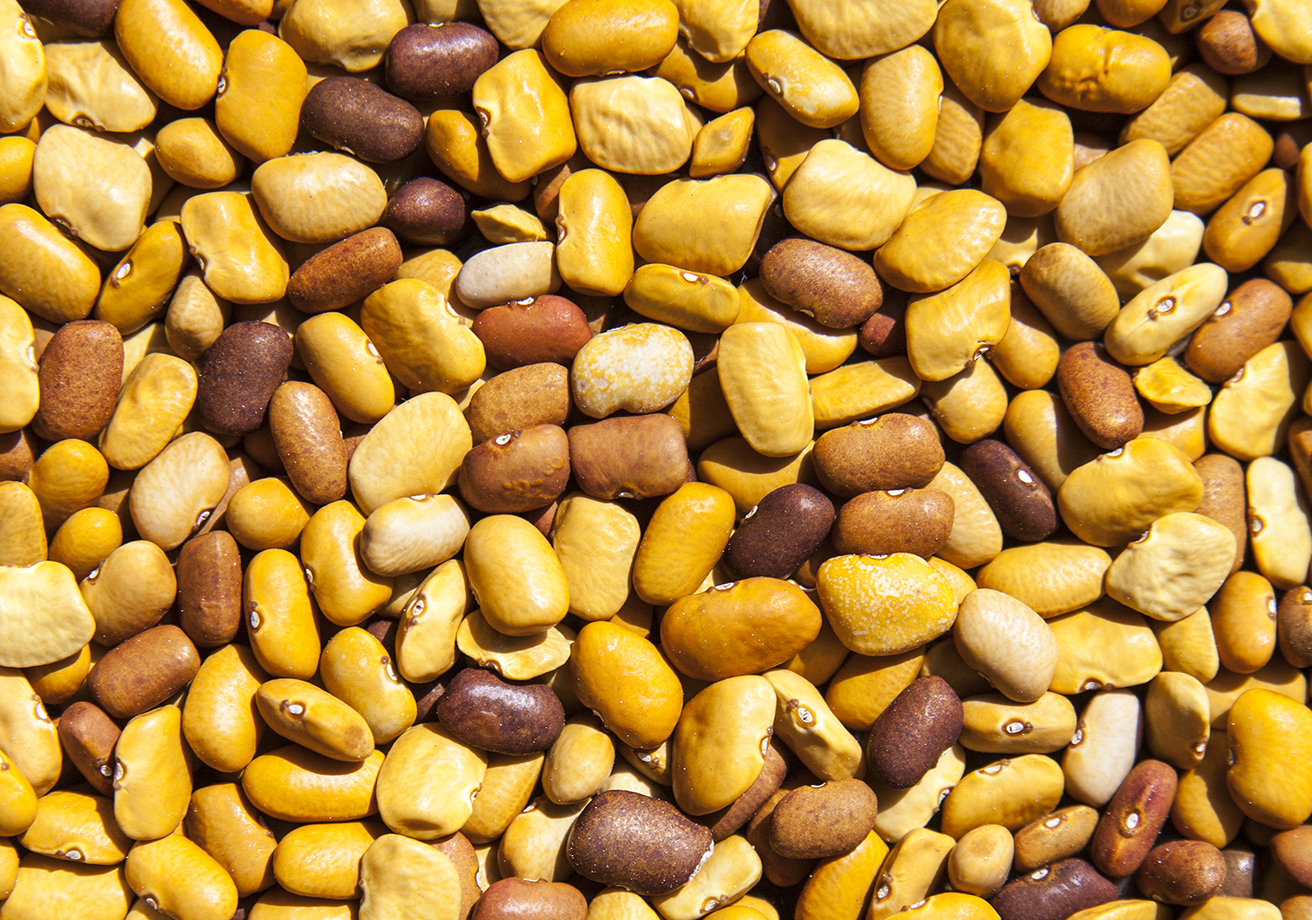
Tepary beans — considered to be an ancient superfood of the Sonoran Desert — are a Native American bean native to the Southwestern United States and Mexico and have been grown in this region by native communities for millennia. They’re a heat- and drought-resistant small bean suited for the desert environment with three distinct types: white, brown, and black.
Called “bavi” by the Tohono O’odham, these beans have dense nutrients (high protein, fiber, iron, calcium, and more) that sustained Native communities for generations, and some ethnobotanists believe that cultivation of the bean began approximately 6,000 to 8,000 years ago. The Akimel O’odham and Tohono O’odham continue to grow these heirloom beans on their reservation lands with summer rainfall in arroyos and limited irrigation along the Gila River.
Where to taste them: Kai in Phoenix
Three sisters (corn, beans, and squash)
These three ancestral Native American ingredients, from the Pre-Contact period, are used by many tribes throughout the United States and considered to be three main agricultural crops in Native American cuisine. They’re often planted together using a technique known as companion planting, meaning the three crops benefit from each other. Corn needs nitrogen to grow, and beans provide that nitrogen to the soil that the other plants use. Beans need a structure to climb, and corn gives the perfect pole for the beans to grow. Squash has broad leaves that spread over the ground, providing shade to keep precious moisture from evaporating from the soil, as well as blocking sunlight, helping to prevent weed growth.
But it’s not only the way these plants grow that makes them so important to Native Americans — it’s also the nutrients they supply. Corn, beans, and squash contain complex carbohydrates, all nine essential amino acids, as well as essential fatty acids, making them very nutrient-dense when combined. They are used by many Native American chefs in sautés, stews, and soups and found on many Native American cuisine menus.
Where to taste it: Ulele in Tampa and Red Mesa Cuisine in Santa Fe
Reservations for Ulele:
Wild rice

Wild rice, called “manoomin” by the Ojibwe, is technically not a rice but an indigenous grain that boasts an impressive amount of nutrients, including protein, magnesium, zinc, manganese, and phosphorus. It’s used by many Native American chefs in a variety of dishes. This heirloom rice is hand-harvested as it has been for generations and grows naturally in the lakes of Northern Minnesota, Wisconsin, Michigan, and Canada.
Pictured here is a wild rice dish with mushrooms, cranberries, wild onions, and First Contact ingredient green peas, combining the Pre-Contact and First Contact periods.
Where to taste it: Ko’sin in Phoenix
Fry bread and the Indian taco
One of the most iconic NativeAmerican dishes that people know of is fry bread, pictured at the top. This dish, with its roots coming from the Government Issue Period, when imposed foods were issued to displaced Native Americans, includes flour and lard or solidified vegetable fat. Native Americans who had lost access to their ancestral homelands, the foods associated with these lands, and the knowledge around them created a recipe from these imposed foods, which is now known as fry bread. Fry bread represents a food that was created from these imposed foods and a survival food that kept many of these ancestors alive, but it’s also a dish that was born from one of the most unpleasant periods in Native American cuisine history.
Some Native American chefs today no longer include this dish in the foods they make because of its problematic past, while others have developed restaurants, food trucks, and food stands solely around fry bread. Some Native American community members and families have “reclaimed” fry bread and eat it regularly, while others eat it only at special occassions, and still others no longer eat it at all. It’s now a food that almost every Native community knows how to make. Whether they choose to make it is what each family, chef, and community member must decide.
Toppings added to fry bread include beans, some kind of meat, cheese, lettuce, and tomato, creating the infamous Indian taco. Modern versions of the dish which might feature additional toppings including avocado, sprouts, microgreens, and radish. And still other versions of this dish include “no-fry” fry bread, a grilled version of the fried bread with only beans and vegetable toppings to make it a healthy alternative. The Indian taco, as well as fry bread, is served at many events like powwows, fairs, gatherings, and the famous Indian Market in Santa Fe, New Mexico. Several Native American restaurants serve this dish as well.
Where to taste it: Tocabe in Denver and Off the Rez in Seattle
Cedar plank salmon
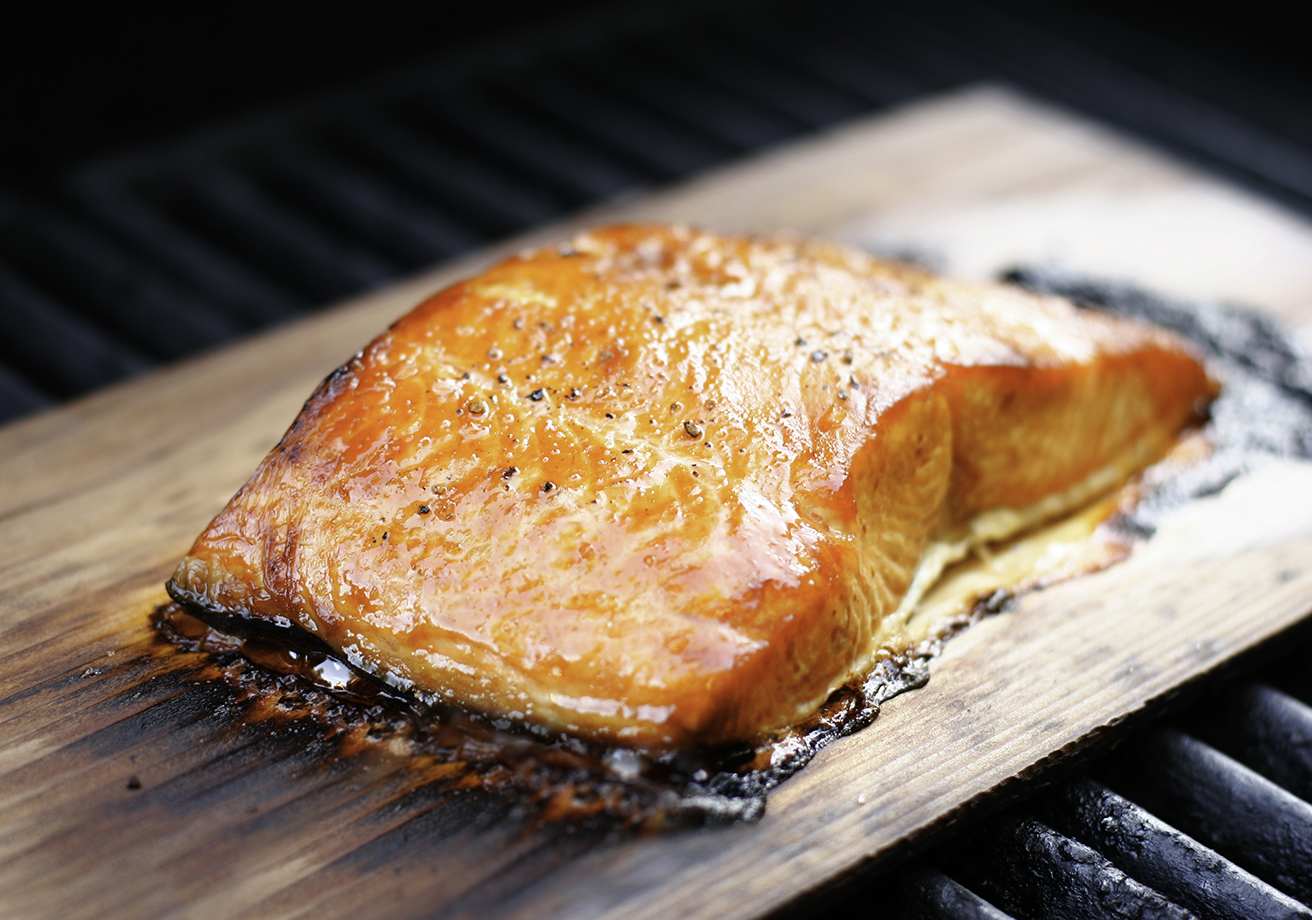
Native American tribes of the Northwest revere salmon, and many define themselves as Salmon People. It is a sacred food, and there are five different kinds of wild American salmon in the Pacific Northwest: King Salmon (Chinook), Sockeye (Red) Salmon, Coho (Silver) Salmon, Pink (Humpback) Salmon, and Chum (Dog) Salmon, with the most well-known types the Chinook, Sockeye, and Coho. Cooking freshly wild caught salmon on cedar logs (planks) over burning coals has its roots in northwestern Native American culture. Many communities in the northwest smoked their salmon as part of a curing process to preserve salmon for future use. Cedar planks are available commercially, and it is a common practice to cook salmon on soaked cedar planks with a variety of seasonings.
Where to taste it: Mitsitam Cafe in Washington D.C.
Bonus: Four contemporary Native American chefs to know
Many contemporary Native American chefs all over the United States are creating dishes that use ingredients from the Pre-Contact Period, drawing from their own ancestral past and Indigenous America. These can include ingredients that are local to a specific region (such as Tohono O’odham tepary beans from the Southwest or hand-harvested wild rice, a Native American grain that is part of the Ojibwe communities in Northern Minnesota, Wisconsin, Michigan, and Canada), but can also include ingredients from regions outside a specific locale.
Other Native American chefs are using ancestral ingredients to bring awareness to the rich and diverse foods of the past while showcasing Native American foods that are contemporary in their presentation. These new and innovative dishes are healthier than frybread and the Indian taco and showcase ancestral Native American foods of the past.
Walter Whitewater
Walter Whitewater, from the Navajo Nation, was one of the first prominent Native American chefs in the United States and thus serves as a role model to many younger Native American cooks. He’s a chef at Red Mesa Cuisine, a Native American catering company in Santa Fe, New Mexico that serves ancestral Native American cuisine with a modern twist and provides food trainings using ancestral foods for health and wellness. Red Mesa Cuisine’s mission is to bring Native American cuisine into the contemporary Southwest kitchen and to help sustain traditional Native American foods, traditional Native agricultural food practices, support local Native farms and food producers, and keep alive ancestral culinary techniques from Native communities.
Freddie Bitsoie
As executive chef at the National Museum of the American Indian’s Mitsitam Café in Washington D.C., Freddie Bitsoie, from the Navajo Nation, has created dishes that showcase regions throughout the Americas including the Northern Woodlands, Mesoamerica, South America, Northwest Coast, and the Great Plains. He is one of the few Native American chefs at the forefront of preparing, presenting, and educating about foods indigenous to the Americas on a large scale.
Sean Sherman
An Oglala Sioux chef, Sean Sherman founded the indigenous food education business and caterer The Sioux Chef, as well as the nonprofit North American Traditional Indigenous Food Systems. He also created the Indigenous Food Lab focused on Indigenous Culinary Education and Indigenous Food Access. He’s currently working on launching a new Native American restaurant in Minneapolis, Minnesota.
Brian Yazzie
Brian Yazzie, also from the Navajo Nation, is the new executive chef at Gatherings Cafe at the Minneapolis American Indian Center in Minneapolis, Minnesota. He serves traditional meals as well as feeds elders and Minneapolis Native American community members.
Lois Ellen Frank, Ph.D. (Kiowa/Sephardic) is a Santa Fe, New Mexico based Native American Chef, a Native foods historian, culinary anthropologist, educator, photographer, organic gardener, and a James Beard Award-winning cookbook author, for her book Foods of the Southwest Indian Nations. She is the chef/owner of Red Mesa Cuisine, LLC, a Native American catering company specializing in the revitalization of ancestral Native American cuisine with a modern twist. Dr. Frank has spent over 30 years documenting and working with the foods and lifeways of Native American communities in the Southwest. In 2020, she was the recipient of the Local Hero Olla Award, which recognizes an exceptional individual for the work they do to create healthy, innovative, vibrant, and resilient local sustainable food systems in New Mexico. To learn more about Red Mesa Cuisine, visit www.redmesacuisine.com.
